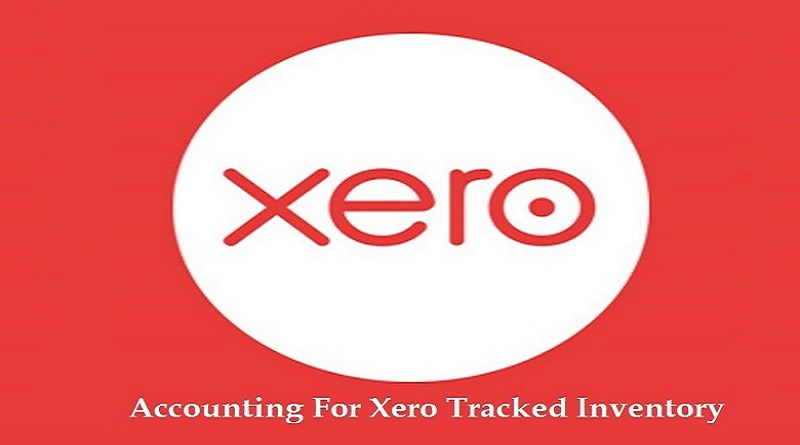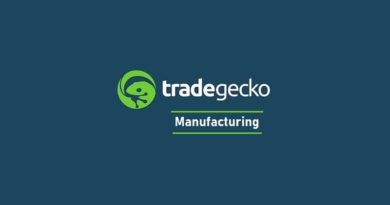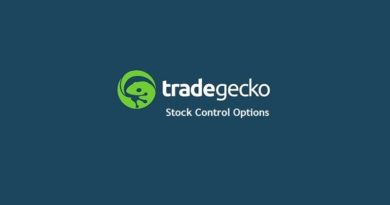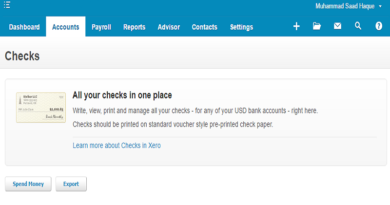Xero Accounting Entries for Inventory Tracking
Xero accounting for its inventory depends on two types of inventory within Xero.
- Tracked and
- Untracked
In this article, I will be discussing the Xero accounting and the calculations performed under the hood when a transaction related to Tracked Inventory occurs.
But before that, I’d also mention some preliminary information about what Tracked Inventory actually is.
What actually is tracked inventory?
Tracked Inventory (as the name suggests) keeps track of your inventory items’ quantities. This means that with every sale that you make, Xero updates its:
- Sales figure
- Cost of Sales figure
- Inventory Asset quantity
I know your reaction. It’s something like, “Duh, what’s new about it? That’s what every inventory management software do (well, more or less). Right?”
That’s absolutely correct. However, the thing with Xero is, that this is not the default option in Xero. You have to explicitly select the option to track your inventory when adding your inventory items in a similar way that you might find using something like https://www.servicemax.com/cp/spare-parts-management-software or other types of software. Or if you find yourself unable to get accounting software, or just want to outsource your accounting or bookkeeping you may be interested in accounting firms in nyc or somewhere more local to you.

What Xero Accounting Takes Place for Tracked Inventory?
Before diving into the details, let’s talk about what makes up your cost of goods sold account?
From accounting’s perspective, you can derive your Cost of Goods Sold amount through the following equation:
Opening Stock
Add: Purchases
Less: (Closing Stock)
———————————
Cost of Goods Sold
———————————
Once, we have this figured out, let’s see how Xero uses this equation to calculate your cost of goods sold, while at the same time, keeps track of your inventory in hand as well.
Let’s start with the purchase of an inventory. Say for e.g. you already had 1000 units (opening stock)of item ABC in stock at the beginning of the period at the cost of $10.00 per unit. That amounts to total $10,000.00 of inventory as your opening stock.
You felt that you’d be needing some more stock and therefore (say, as a precaution), ordered 200 more units at the same price of $10.00 per unit. These are your purchases for the period bringing your total inventory to 1,200 units.
Your total stock is now $12,000.00 (1,200 units at $10.00 per unit)
Pretty simple. Right?
If you find it quite confusing to do these calculations by yourself, try to get help from a Xero Bookkeeper Hornsby or wherever you’re based. Perhaps they could make your work a bit easy.
During the period, you sold 800 units at the sales price of say, $15.00 per unit ($12,000.00 in total sales). So at the end of the day, you will have (1,200 units – 800 units) 400 units in your closing stock.
So what will be the accounting of entries of all the above events?
1. When you ordered 200 units at the cost of $10.00 per unit, Xero records the event through following accounting entry:
Inventory Asset $2,000.00 (Debit – Balance Sheet)
Bank $2,000.00 (Credit – Balance Sheet)
In tracked inventory instead of hitting the purchase account, Xero uses the “Cost of Goods Sold (COGS)” account to treat any relevant accounting entry. Since Purchase account is a subset of COGS account, it’s wise to use COGS account directly instead of creating a purchase account and then perform the calculation. Maybe, you could look at Xero accountants to solve this problem?
Now, think for a moment. What happens when a sales transaction occurs? Your sales are increased, your inventory/stock decreases (as you have just sold some of the units). Other event that happens is that your Cost of Goods Sold is increased. That’s logical. Right?
As the name suggests, Cost of Goods Sold can only exist when there are sales. So what happens in Xero when sales occur and you have tracked inventory option selected to account for your inventory.
As mentioned above, you sold 800 units for $15.00 per unit (total $12,000.00 in sales). Xero records this event in the following way.
Bank $12,000.00 (Debit – Balance Sheet)
Sales $12,000.00 (Credit – Income Statement)
Cost of Goods Sold $8,000.00 (Debit – Income Statement)
Inventory Asset $8,000.00 (Credit – Balance Sheet)
So at the end of the period, you financial statements will be showing the following results:
Income Statement:
Sales = $12,000.00
Less: (Cost of Goods Sold) = $8,000.00
Equals: Gross Profit = $4,000.00
Balance Sheet:
Inventory Asset = $4,000.00
Accounts Receivables/Bank = $4,000.00
So this how the tracked inventory management option of Xero works. I hope you guys find this article helpful.
Let me summarize and show you the calculations and see if the Cost of Goods Sold calculated in accordance with the traditional way calculates the correct inventory.
Sales (800 units x $15.00) = $12,000.00
Opening Stock (1,000 units x $10.00) = $10,000.00
Purchases (200 x $10.00) = $2,000.00
Closing Stock (400 units x $10.00) $4,000.00
So the Cost of Sales according to our equation will be:
COGS = Opening Stock + Purchases – Closing Stock
COGS = $10,000 + $2,000.00 – $4,000.00 = $8,000.00
So our Cost of Goods Sold according to the traditional calculation is $8,000.00 which is the same as mentioned in the Journal Entry above.
I hope this article helps in understanding that how the Tracked Inventory method actually works in Xero.
Besides, and most importantly, how what Xero accounting entries are posted for inventory tracking.
In case there is anything wrong with this article, let me know in the comments section.





Pingback: How to Track Inventory in Xero? – The Usual Stuff
Keep up the good work.
Thanks Warez. Appreciate it.